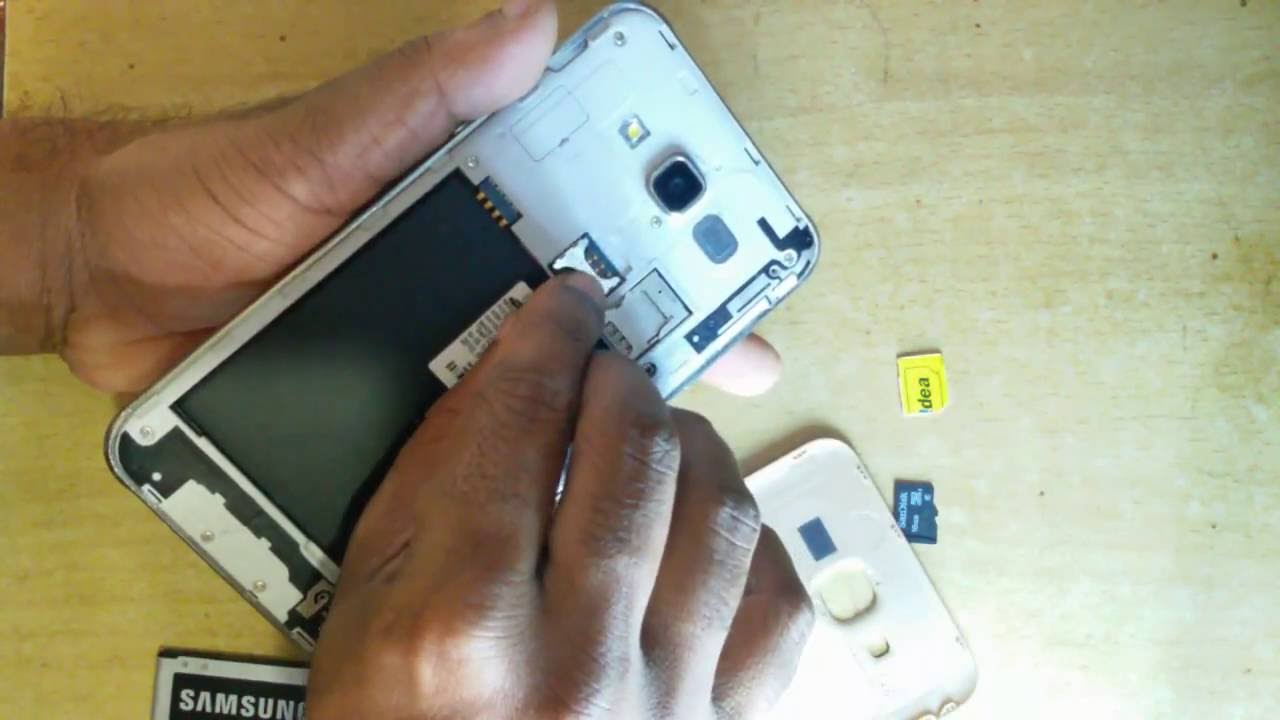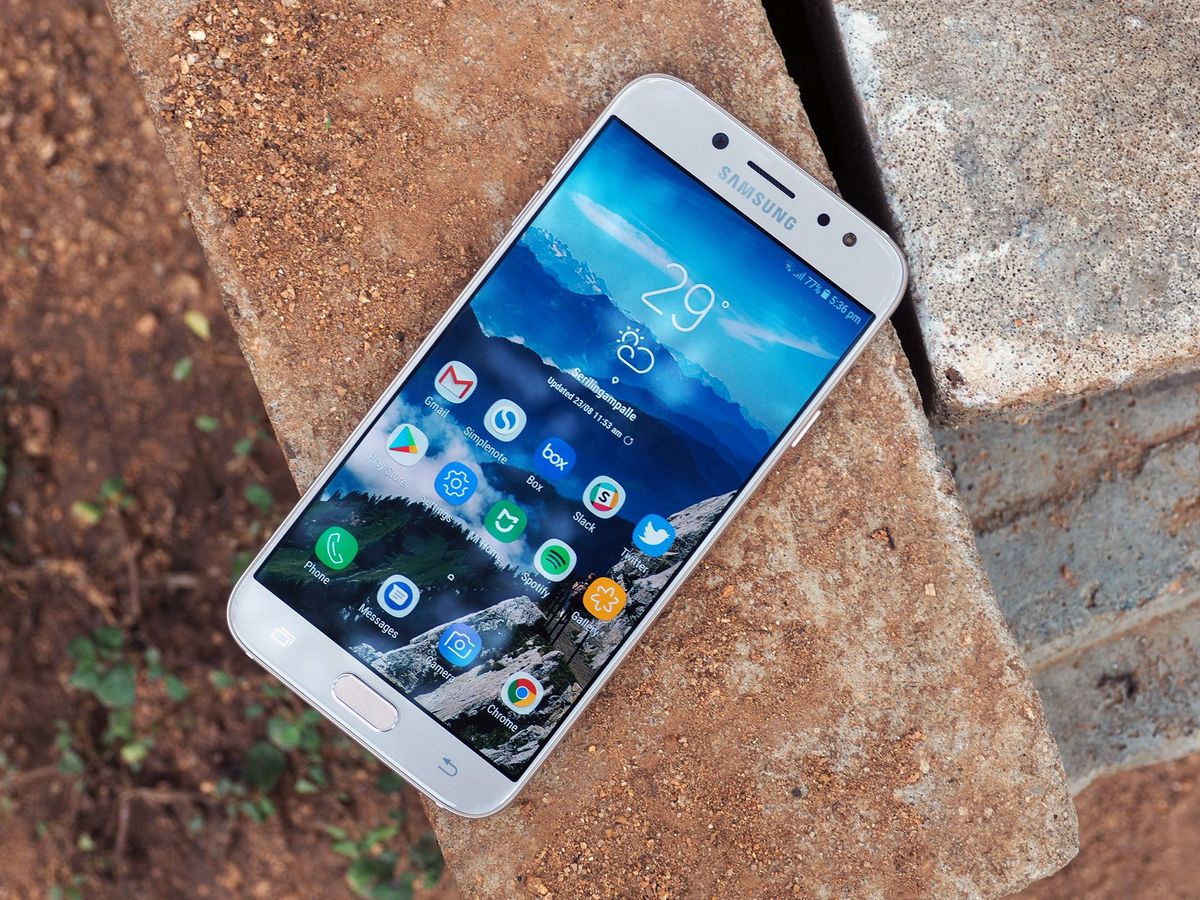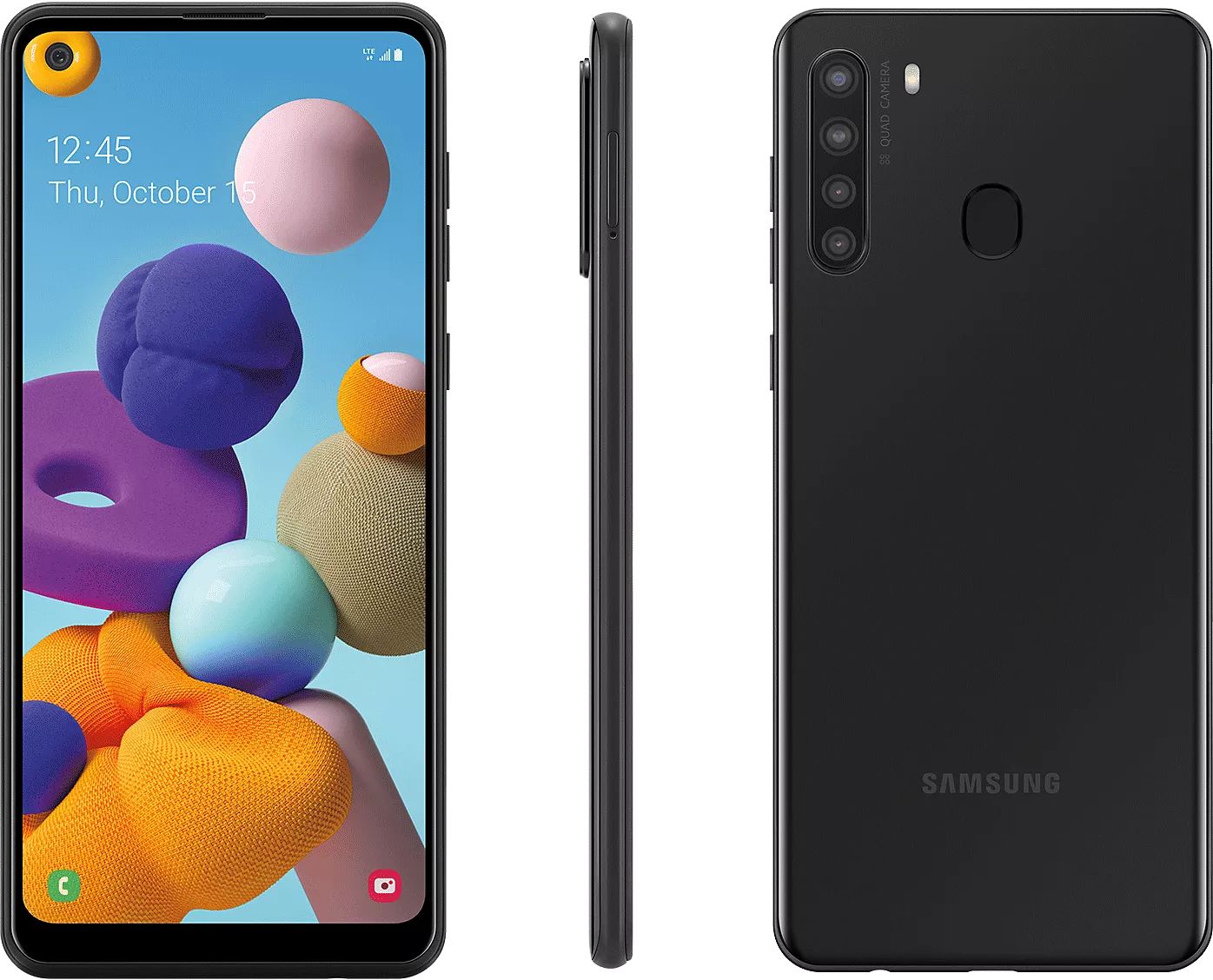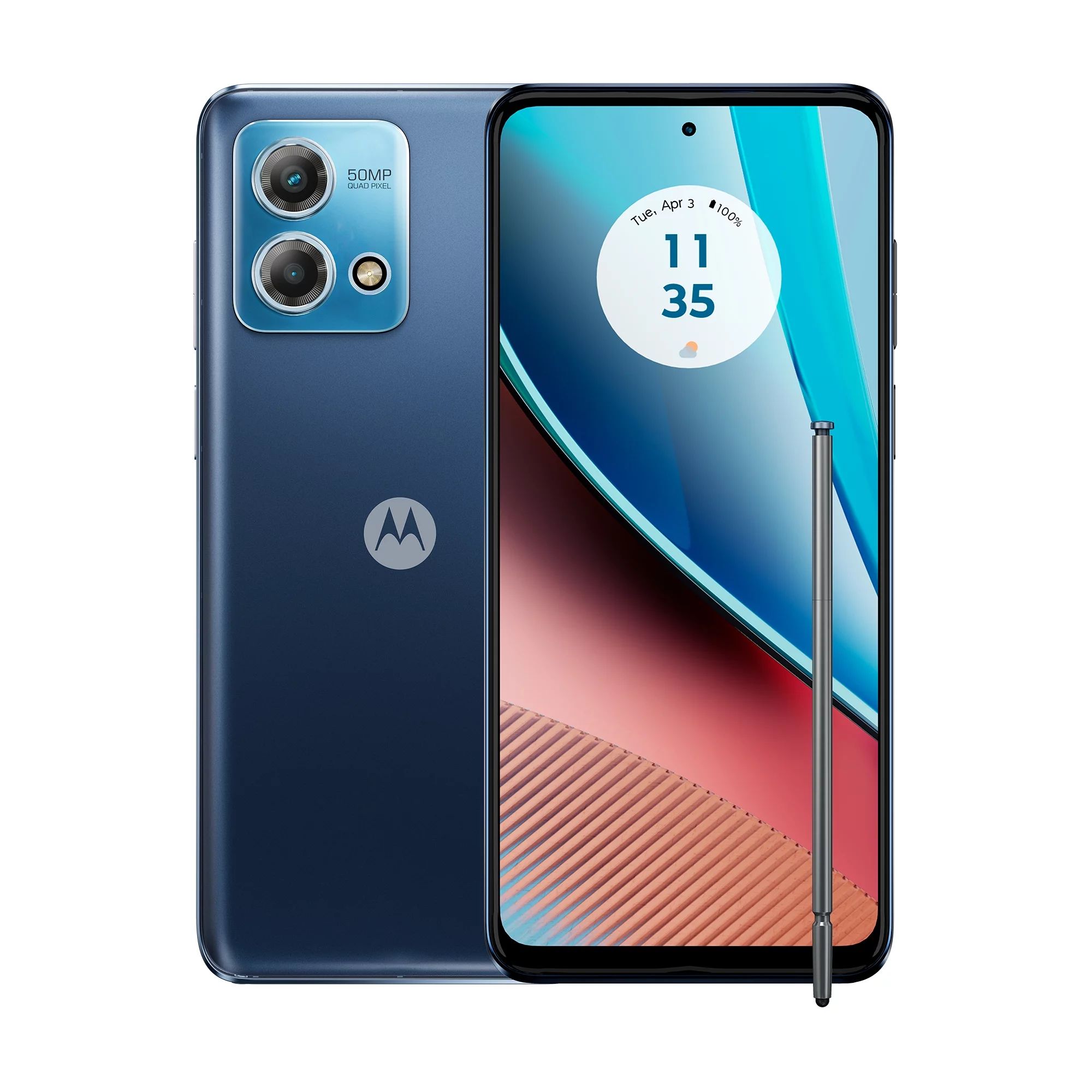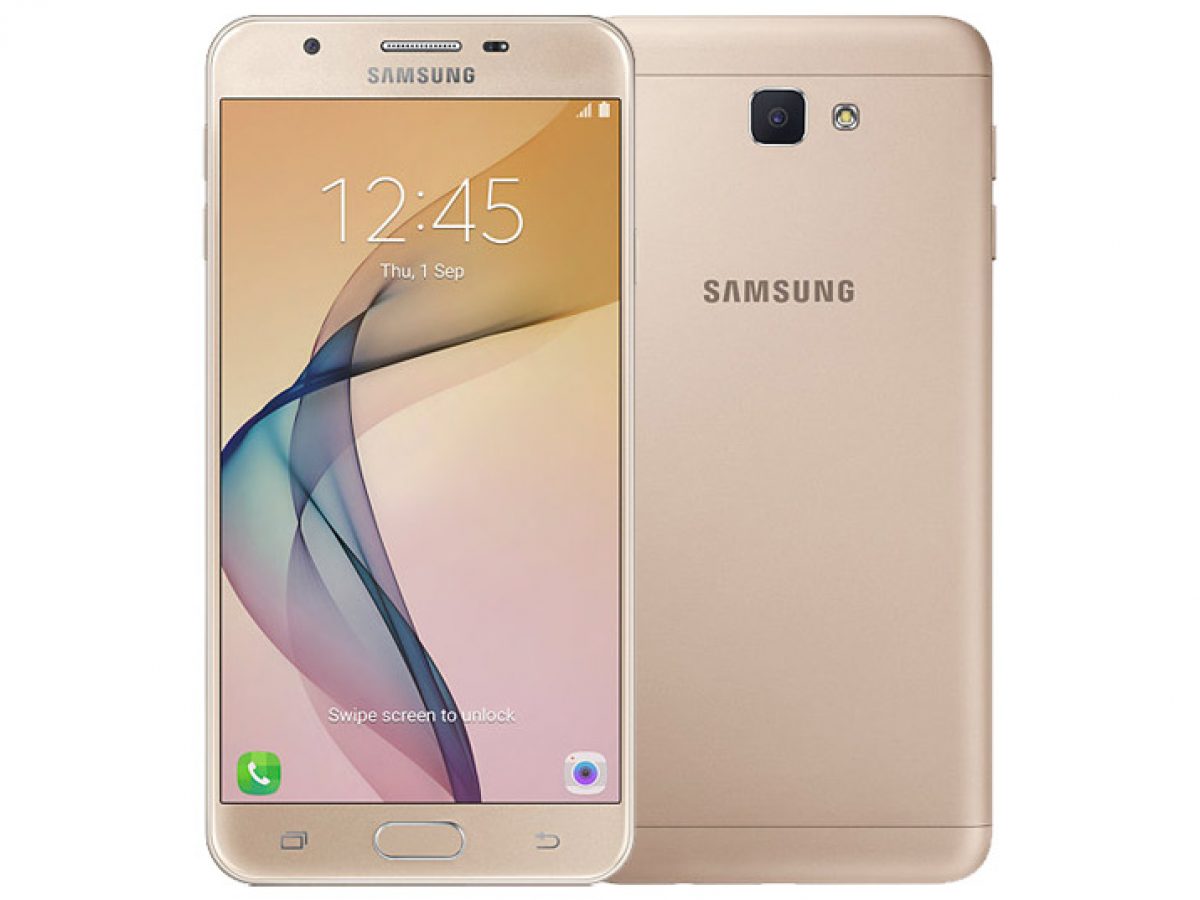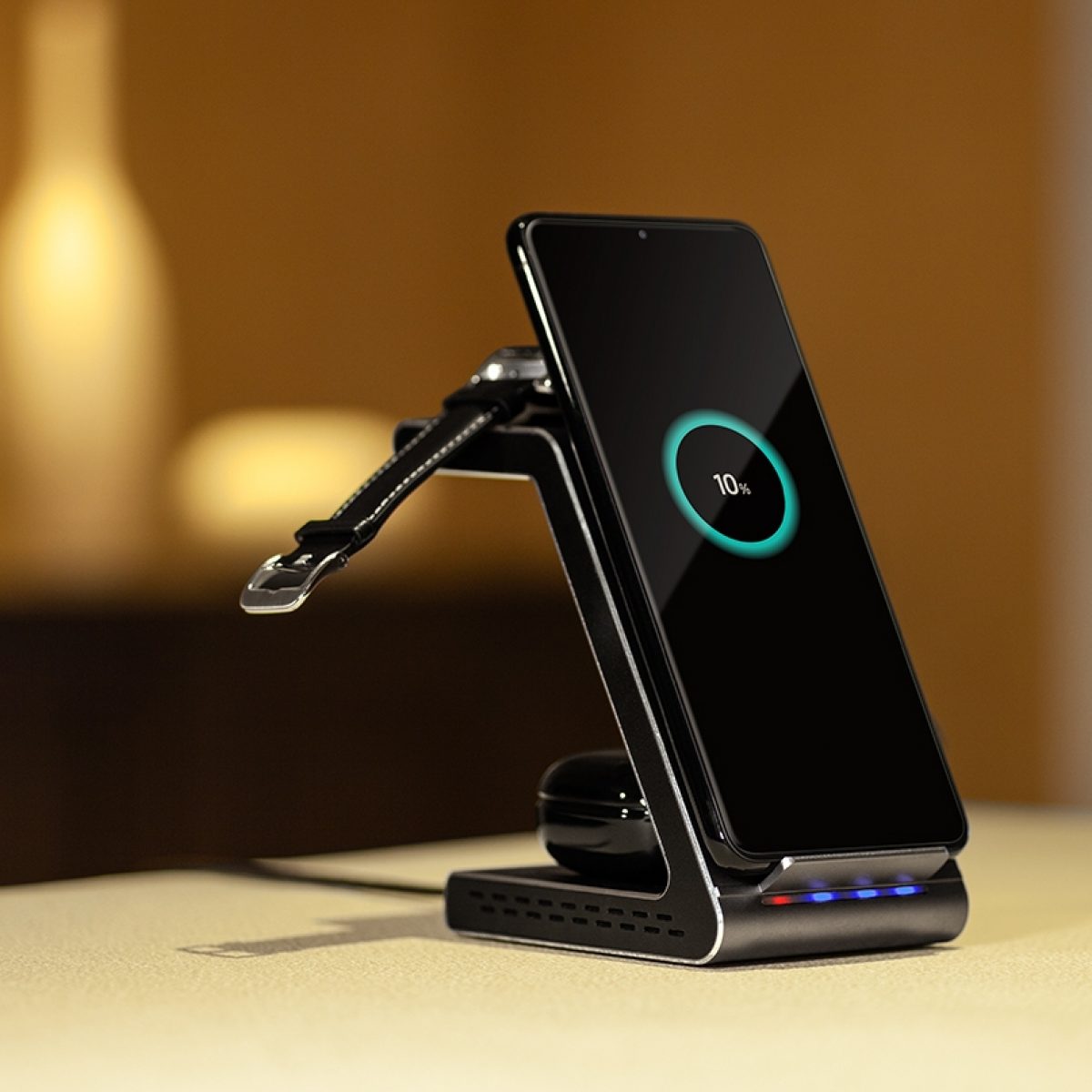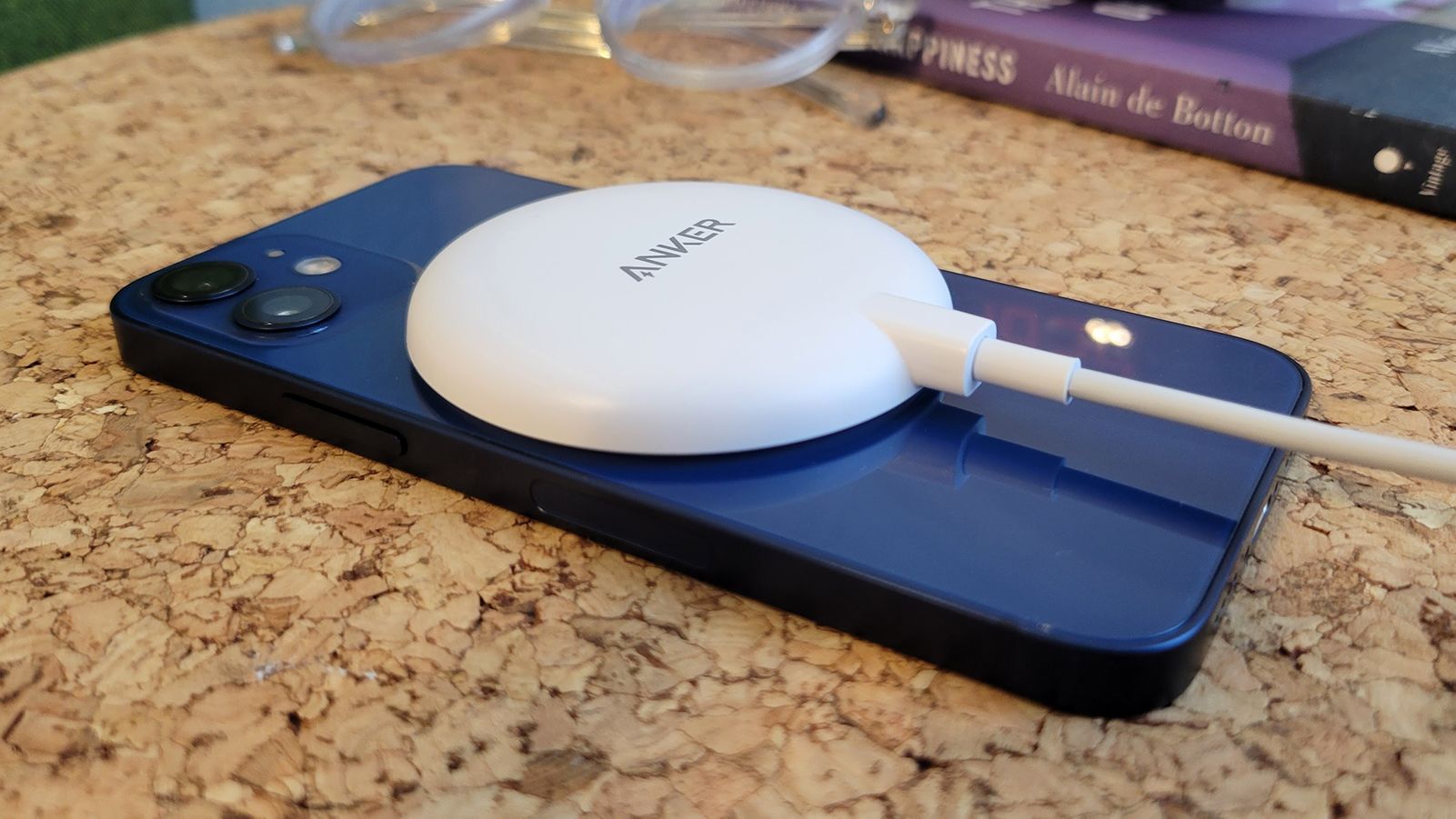Introduction
The SIM card, a small yet crucial component of mobile devices, plays a significant role in connecting us to the digital world. As technology continues to advance, mobile phones have evolved from basic communication tools to sophisticated devices that encompass various functions. With this evolution, the SIM card has also undergone changes, leading to the introduction of different sizes to accommodate diverse mobile devices.
Understanding the significance of the SIM card size is essential, especially for users of specific smartphone models such as the Galaxy J7. By grasping the nuances of SIM card sizes and their compatibility with devices, users can seamlessly integrate their SIM cards, ensuring uninterrupted connectivity and optimal functionality.
In this article, we will delve into the intricacies of SIM card sizes, shedding light on their variations and the associated implications. Furthermore, we will specifically focus on the process of determining the suitable SIM card size for the Galaxy J7, a popular smartphone model known for its impressive features and user-friendly design. By gaining insights into this topic, readers will be empowered to navigate the realm of SIM card compatibility with confidence, thereby maximizing their mobile device experience.
Understanding the SIM card sizes
The evolution of mobile technology has brought about various SIM card sizes, each designed to cater to the diverse requirements of mobile devices. Understanding these sizes is crucial for ensuring compatibility and seamless functionality. There are three primary SIM card sizes: the standard SIM, micro SIM, and nano SIM.
-
Standard SIM: The standard SIM, also known as the mini-SIM, was the first form factor used in mobile devices. Its dimensions, measuring approximately 25mm x 15mm, made it the standard choice for older mobile phones. However, with the advancement of technology and the demand for sleeker and more compact devices, the standard SIM's size became a limitation.
-
Micro SIM: As mobile devices transitioned to slimmer and more streamlined designs, the micro SIM emerged as a response to the need for smaller SIM cards. Measuring around 15mm x 12mm, the micro SIM offered a more space-efficient solution without compromising functionality. This size became popular in many smartphones, including the Galaxy J7, due to its compatibility with the evolving device designs.
-
Nano SIM: The nano SIM represents the latest advancement in SIM card technology, featuring dimensions of approximately 12.3mm x 8.8mm. Its significantly smaller size was a breakthrough, enabling manufacturers to design even thinner devices. The Galaxy J7, along with numerous modern smartphones, utilizes the nano SIM due to its compatibility with the sleek form factor of contemporary mobile devices.
Understanding the distinctions between these SIM card sizes is essential for users, as it allows them to identify the appropriate SIM card for their specific device. When considering the Galaxy J7, users must ensure that their SIM card matches the nano SIM specification to enable seamless integration with the device.
In essence, comprehending the evolution of SIM card sizes illuminates the adaptability and progress within the mobile technology landscape. By recognizing the significance of these variations, users can make informed decisions when selecting and inserting SIM cards into their mobile devices, thereby optimizing their connectivity and overall user experience.
Determining the SIM card size for Galaxy J7
When it comes to determining the appropriate SIM card size for the Galaxy J7, users must ensure compatibility with the device's designated SIM card slot. The Galaxy J7, known for its sleek design and advanced features, is engineered to accommodate a nano SIM card. This specific SIM card size aligns with the device's compact form factor, enabling seamless integration and optimal functionality.
To ascertain the precise SIM card size required for the Galaxy J7, users can refer to the device's manual or specifications provided by the manufacturer. These resources typically outline the compatible SIM card sizes, offering valuable guidance to users seeking to insert a SIM card into their Galaxy J7.
Furthermore, users can visually inspect the SIM card slot on the Galaxy J7 to identify the corresponding size. By comparing the dimensions of the SIM card slot with the various SIM card sizes, users can determine the appropriate size for their device. This visual assessment serves as a practical method for confirming the compatibility of the SIM card with the Galaxy J7.
In the event that users are uncertain about the SIM card size required for their Galaxy J7, seeking assistance from authorized service providers or mobile carriers can provide clarity and assurance. These professionals possess the expertise to guide users in selecting the correct SIM card size, ensuring a seamless and hassle-free experience when integrating the SIM card with the Galaxy J7.
Moreover, with the prevalence of online resources and forums dedicated to mobile devices, users can leverage these platforms to gain insights from fellow Galaxy J7 owners. Engaging in discussions and seeking advice from individuals who have firsthand experience with the device can offer valuable recommendations and practical tips for determining the suitable SIM card size.
By leveraging these approaches, users can confidently determine the appropriate SIM card size for their Galaxy J7, thereby facilitating a smooth and efficient integration process. This attention to detail ensures that the device operates optimally, allowing users to fully embrace the capabilities of the Galaxy J7 without encountering compatibility issues related to the SIM card size.
Conclusion
In conclusion, the significance of understanding SIM card sizes, particularly in the context of determining the appropriate size for the Galaxy J7, cannot be overstated. The evolution of SIM card technology, from the standard SIM to the micro SIM and the nano SIM, reflects the dynamic nature of mobile devices and the continuous quest for enhanced functionality within compact designs.
By comprehending the distinctions between these SIM card sizes, users can make informed decisions when selecting the compatible SIM card for their Galaxy J7. The shift towards smaller SIM card sizes, culminating in the nano SIM, has been pivotal in enabling manufacturers to create sleek and innovative smartphones such as the Galaxy J7, without compromising essential features.
When determining the SIM card size for the Galaxy J7, users are encouraged to refer to the device's manual or specifications to ensure compatibility. Additionally, visually inspecting the SIM card slot and seeking guidance from authorized service providers or fellow Galaxy J7 owners can provide valuable insights, facilitating a seamless integration process.
Ultimately, the suitable SIM card size for the Galaxy J7 is the nano SIM, aligning with the device's specifications and design. By adhering to this compatibility requirement, users can harness the full potential of their Galaxy J7, enjoying uninterrupted connectivity and optimal functionality.
As technology continues to advance, it is essential for users to stay informed about the evolving landscape of mobile devices and SIM card technology. This knowledge empowers users to navigate compatibility considerations with confidence, ensuring a harmonious integration of SIM cards with their devices.
In essence, the journey of determining the SIM card size for the Galaxy J7 encapsulates the intersection of technological innovation and user empowerment. By embracing this journey, users can embark on a seamless and enriching mobile device experience, characterized by connectivity, efficiency, and the seamless integration of SIM cards tailored to their specific device requirements.







